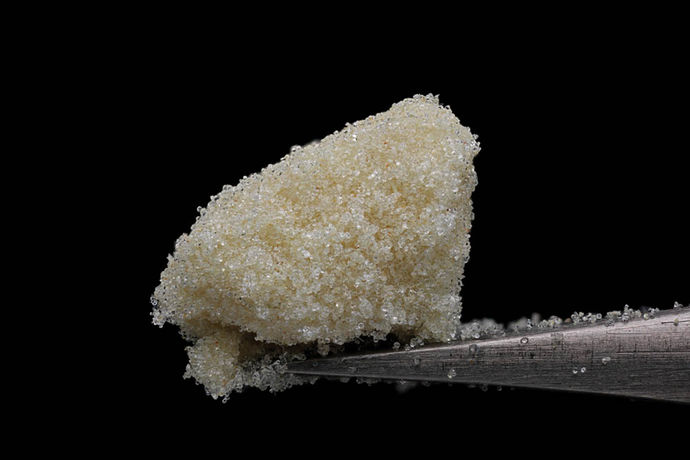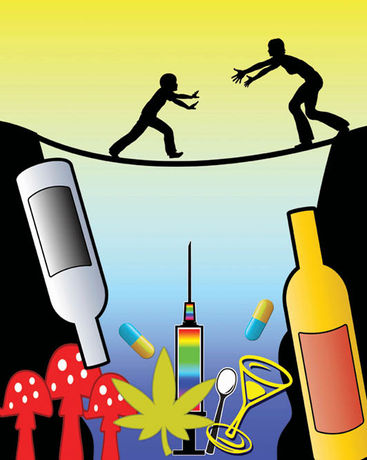We all know that humanity has been using Cannabis for thousands of years, but the ways in which we’ve consumed it have continued to change with the progression of time and technology. Leaf’s resident cannthropologist Bobby Black lays out the various methods by which our forebears have imbibed the sweet smoke of our favorite herb throughout history.
The Pipe
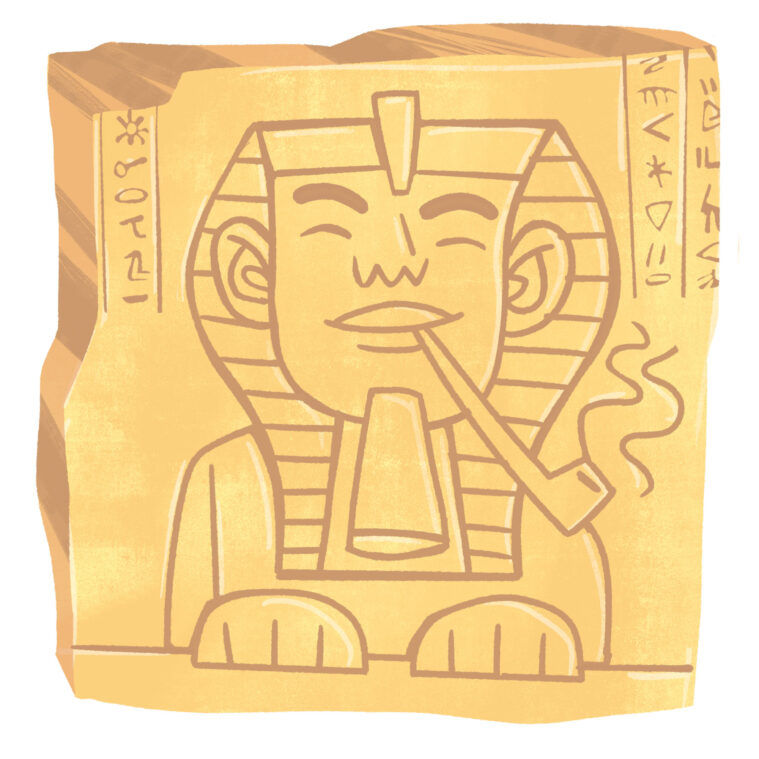
The earliest smoking pipes on record – discovered inside Egyptian tombs – were made of copper (and possibly reeds) and dated from around 2000 B.C.E. Wooden pipes became popular during the Iron Age, followed by chalk and clay pipes in the 1600s, iron pipes in the 1700s and corn cob pipes in the 1800s – before glass became king in the late 20th century.
The Bong
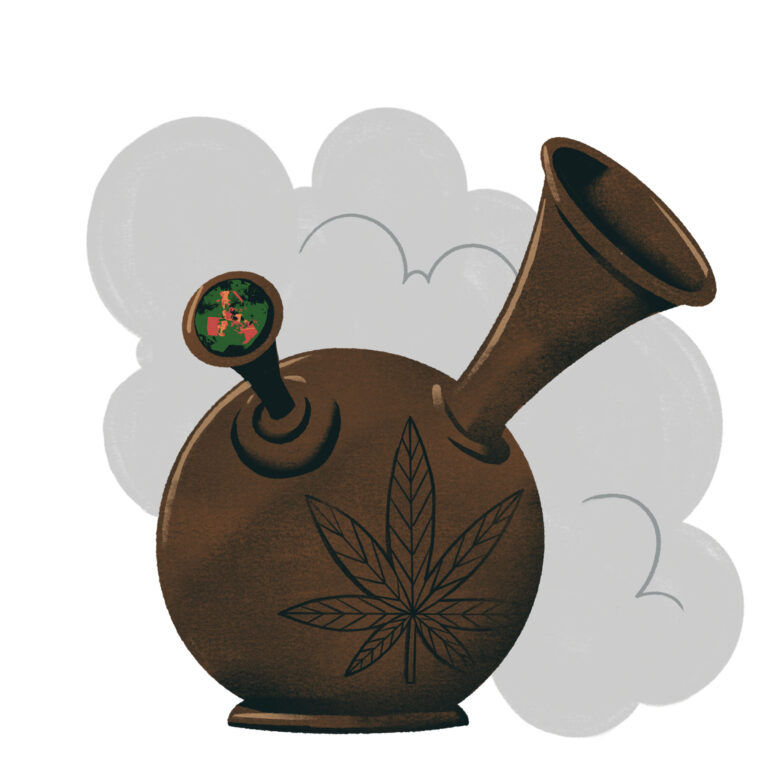
The tubular type of water pipe known as a bong (from the Thai word baung, meaning “cylindrical wooden tube”) has been around almost as long as civilization itself. The oldest bong ever was discovered in Russia in 2013 – made of solid gold and dating back around 2,400 years to the Scythian tribes of Eurasia. Other ancient bongs found in Ethiopia have been carbon dated to around 1300 C.E. Bongs were apparently popular in China during the Ming Dynasty, then spread to the West via the Silk Road around the 17th century.
The Hookah

A kind of hybrid water pipe/vaporizer with a long hose mouthpiece, the hookah originated in the northwestern provinces of India, along the border of Pakistan and Afghanistan, around a millennia ago. Originally fashioned from a coconut shell base and tube, they use hot coals to heat dried herbs from below.
The Chillum
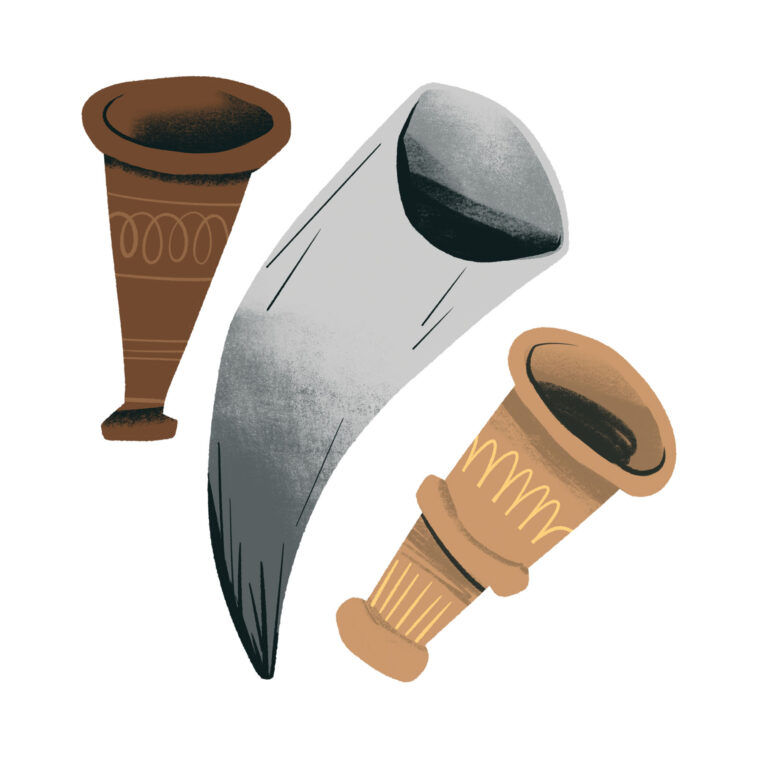
The chillum is a form of simple conical pipe originally made out of either clay or cow and bull horns. A small stone is often placed inside the stem in place of a screen to keep from inhaling the material to be burned. The chillum – or “holy pipe” as it is known by Indian Sadhus who’ve used it in their rituals for centuries – originated in Asia but eventually made its way to Africa, then to Jamaica in the 1930s, where the Rastafarians also adopted it into their spiritual practices.
The Joint / Spliff

First invented in Alcoy, Spain during the 1500s, rolling papers quickly spread to France, then throughout the rest of the modern world in the centuries that followed – eventually becoming the most common method of smoking weed in America during the 20th century. (For the whole history of rolling papers, check out the Cannthropology column in our Oct 2021 issue).
The Blunt
Blunts – or Cannabis rolled in tobacco leaves – take their name from the Phillies Blunt brand of cigars, typically used to roll them. It is believed that the blunt originated in the Caribbean during the 19th century when workers from India first brought “ganja” (the Hindi term for flower) to Jamaica, where tobacco was cheap and available. Then during the late 1980s, a large number of Caribbean immigrants moved to New York City – where hip-hop music and culture were just beginning to take off – which quickly popularized the practice.
“MacGyverisms” / Do-it-Yourselfers

Long ago, enterprising stoners figured out that makeshift pipes and bongs could easily be jerry-rigged, or “MacGyvered,” out of various household items. The most common of these self-built smokeware apparatuses were made from fruit (particularly apples) and small beverage bottles – most notably old Sobe bottles – which had a thinner layer of glass at the bottom that could easily be punctured to insert a bowl.
Glass

Though glass blowing itself dates back to around 3000 BCE, the first pipes made of glass wouldn’t emerge until the Victorian Era – but it wasn’t until the invention of the much tougher borosilicate glass in the late 19th century that the idea began to catch on. Though glass pipes and bongs first became popular for Cannabis use in the 1960s, it was “Godfather of Glass” Bob Snodgrass who elevated the artform and brought them into the mainstream with the “heady” color-changing pieces he sold on Dead tours throughout the 1980s.
The Gravity Bong
The concept behind the gravity bong is to use air pressure rather than one’s lung power to draw the smoke out of a joint or bowl, then forcefully push that smoke down one’s throat. Originating as MacGyverisms (typically made out of two or three-liter plastic soda bottles), gravity bongs were eventually professionally designed and manufactured – most notably by Grav Labs and Stundenglass.
The Dab Rig / Torch, Nail, Banger
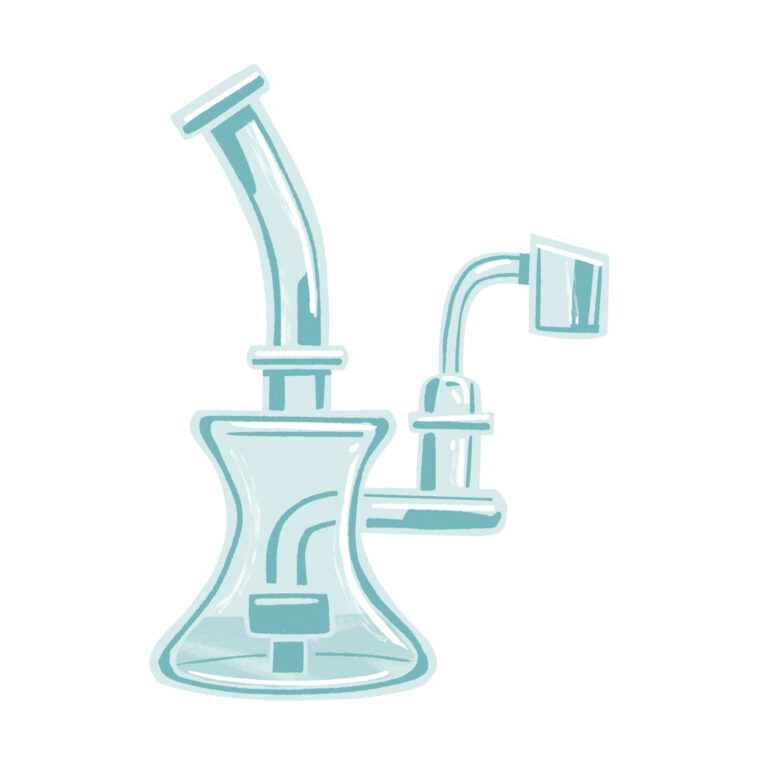
When BHO started becoming popular in the late 2000s/early 2010s, a new way was devised to smoke them. A “nail” made of titanium or quartz (or later, ceramic) was placed in the stem of a bong instead of a bowl and heated with a handheld blowtorch, after which a “dab” of concentrate was smeared onto it, then typically covered with a glass/quartz “dome” or “globe” to capture the smoke and prevent burns. This dome-and-nail setup was eventually replaced by the honey-hole/banger most commonly used today.
The Vaporizer
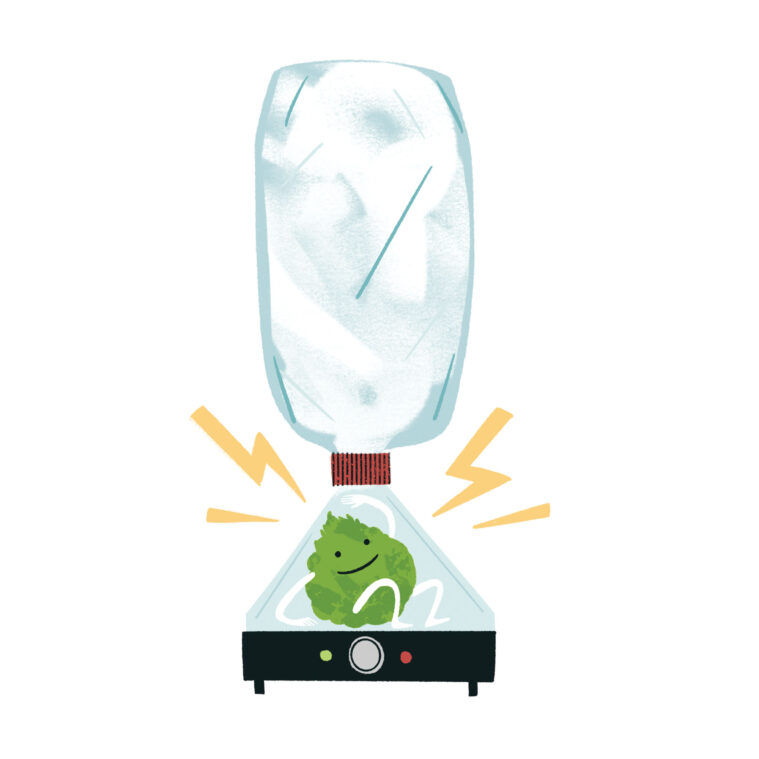
What distinguishes vaporizers from other smokeware devices is that they use indirect heat rather than fire or combustion to heat the Cannabis. Believe it or not, a form of vaping Cannabis actually dates back to the 5th century B.C. – as evidenced by Greek scribe Herodotus, who wrote about Egyptians heating hemp seeds with stones and inhaling the vapors. “Eagle Bill” Amato, known as the “Father of Vapor,” introduced the first modern vaporizer (powered with a heat gun) at the Amsterdam Cannabis Cup in 1993. Six years later, German company Storz & Bickel released a desktop electric vaporizer called the Volcano that set the new standard for decades to come. Eventually, much smaller vaporizers the size and shape of a pen were developed.
The Vape Pen / Cartridge
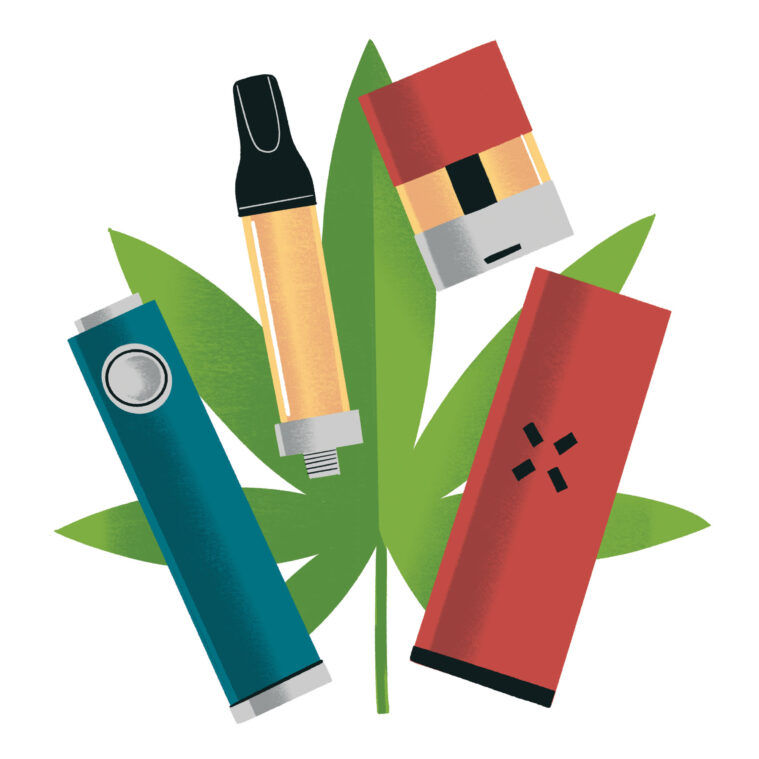
Though the first “Smokeless Non-Tobacco Cigarette” featuring a “cartridge” was patented in the 1960s, it was really the “Cig-a-Like” in 2003 (invented by Chinese pharmacist Hon Lik) that would serve as the prototype for the modern vape pen. Coincidentally, the flood of new e-cigs entering the market in the late 2000s perfectly synchronized with the spike in popularity of honey/hash oil, eventually establishing the vape cartridge as one of the most popular ways to consume Cannabis concentrates.
The E-Rig

In the 2010s, building on the popularity of dab rigs and vape pens, some enterprising entrepreneurs began developing combinations of the two. First came the e-nail – a plug-in nail heated with electricity rather than a torch, enabling better distribution of heat and temperature control. But it was the invention of the first fully electronic rig, the Puffco Peak, in 2018 that truly changed the game forever (see our interview in the Sept. 2022 issue). Today, there are several e-rigs on the market (including the iSpire, Bello and Carta)—all of which enable one to enjoy high quality, torch-free dabs just about anywhere.
The Future
What far-out gadgets might the stoners of the future use to get high? Will it be solar-powered pipes? Microwave vapes, maybe? Laser rigs, or even nuclear bongs? Honestly, we have no idea … what we do know is that the boundless imagination and ingenuity of Cannabis users will continue to drive innovations in smokeware and other technologies for decades to come.


